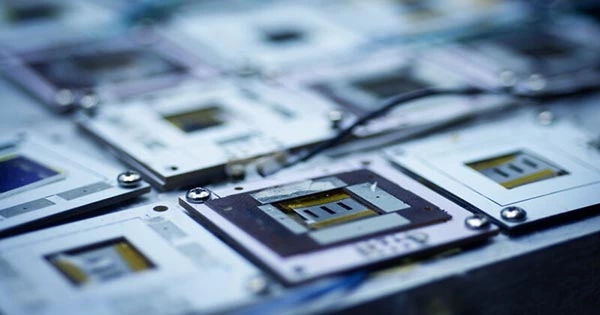Although solar panels are still incredibly faulty, they are perhaps one of our greatest options for breaking free from the crushing grasp of fossil fuels. The lifespan of the standard solar cell is between 25 and 30 years, which is not a timescale that an energy system can rely on, and efficiency is poor. They are also still pricey for the average customer. I present perovskites. This emerging substance has been closely following silicon by imitating its features while providing cheaper prices, more flexibility, and a lighter weight. Huge progress has been made in recent years in commercializing perovskites, but their efficiency has lagged behind silicon.
By developing the first perovskite solar cell with a commercial lifetime of roughly 30 years, surpassing the commercial barrier of 20 years, Princeton University researchers have now disproved the perovskite’s detractors. The researchers now hold the record for the longest lifespan perovskite solar cell, but they aren’t motivated by awards; rather, they are interested in what may be accomplished moving forward.
According to co-author of the report Lynn Loo, “We could have the record today.” But tomorrow, someone else will show up with a greater record. The fact that we can now test these gadgets and determine how they will function over time is incredibly intriguing.
Science published their research. Perovskites have historically been severely constrained by their fragility. Due to its weak structural integrity and weak resistance to fracture, this mineral is regarded as being extremely brittle. Long-term studies have therefore not precisely been required, but recent technological advancements have substantially increased the longevity of perovskites.
According to the researchers, lifetime testing techniques will become increasingly important as technology advances in order to evaluate solar cells side by side. This is a significant development in testing of cells in general as well as perovskite solar cells specifically. These exams will become more significant, according to Loo. “It doesn’t matter how effective your solar cells are if they aren’t steady.”
Given that the forging method used to manufacture the cells consumes substantially less energy than existing methods, it is believed that perovskites will eventually reach the same level of performance as silicon. Perovskites won’t likely replace silicon; rather, the technology will be utilized to boost the performance of present solar cells, enhancing their general properties in a more affordable manner.















